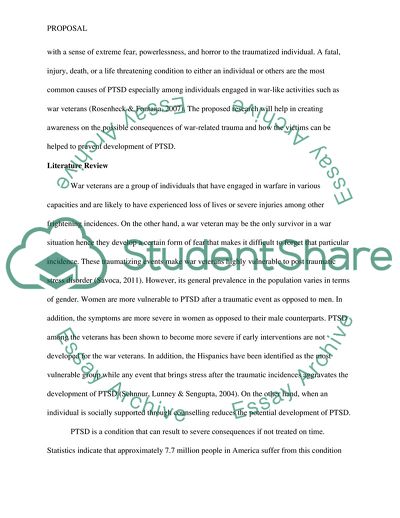Cite this document
(Post-Traumatic Stress Disorder after War Research Proposal Example | Topics and Well Written Essays - 1250 words, n.d.)
Post-Traumatic Stress Disorder after War Research Proposal Example | Topics and Well Written Essays - 1250 words. https://studentshare.org/psychology/1832133-research-proposal-part-1
Post-Traumatic Stress Disorder after War Research Proposal Example | Topics and Well Written Essays - 1250 words. https://studentshare.org/psychology/1832133-research-proposal-part-1
(Post-Traumatic Stress Disorder After War Research Proposal Example | Topics and Well Written Essays - 1250 Words)
Post-Traumatic Stress Disorder After War Research Proposal Example | Topics and Well Written Essays - 1250 Words. https://studentshare.org/psychology/1832133-research-proposal-part-1.
Post-Traumatic Stress Disorder After War Research Proposal Example | Topics and Well Written Essays - 1250 Words. https://studentshare.org/psychology/1832133-research-proposal-part-1.
“Post-Traumatic Stress Disorder After War Research Proposal Example | Topics and Well Written Essays - 1250 Words”. https://studentshare.org/psychology/1832133-research-proposal-part-1.


